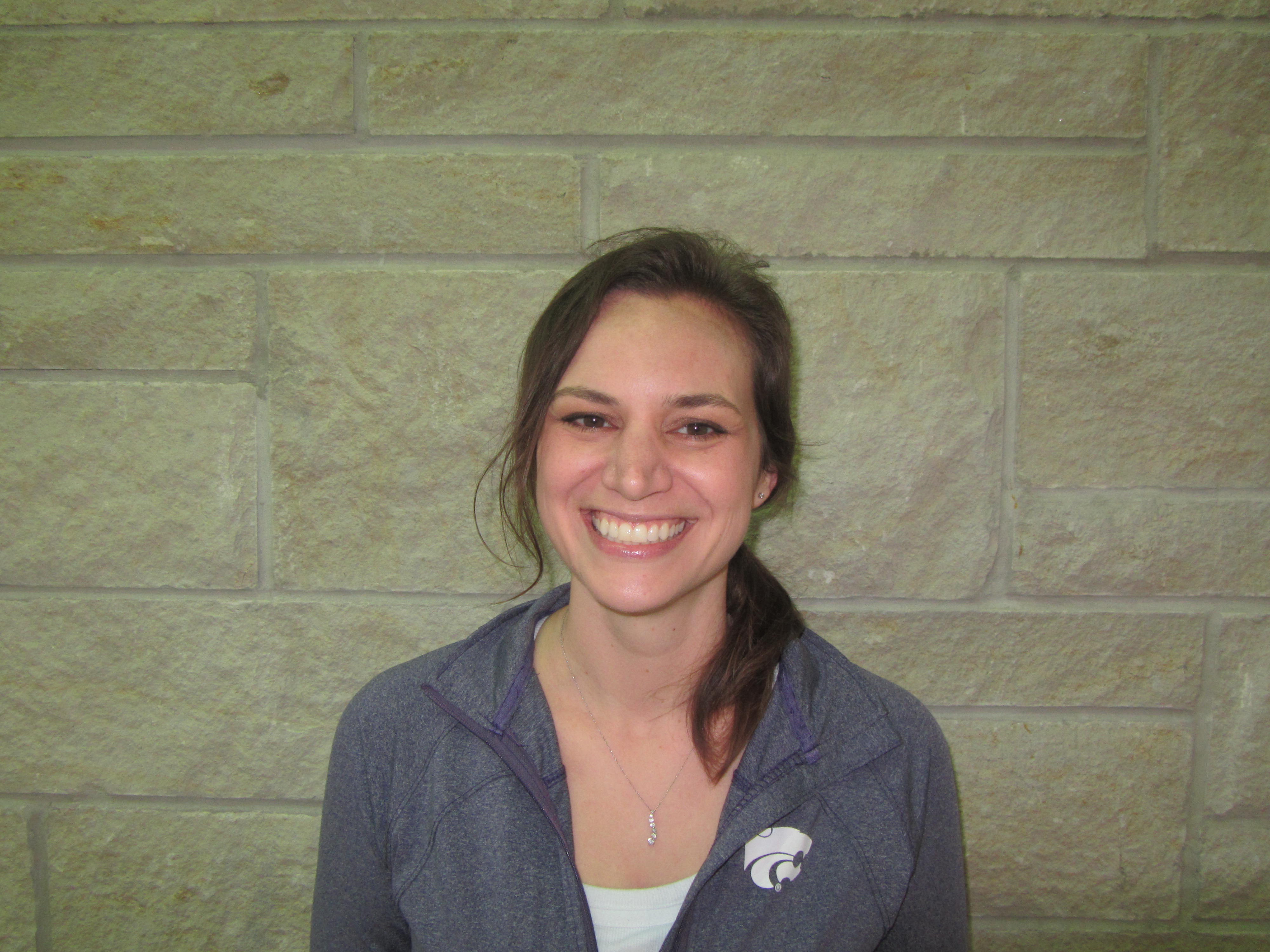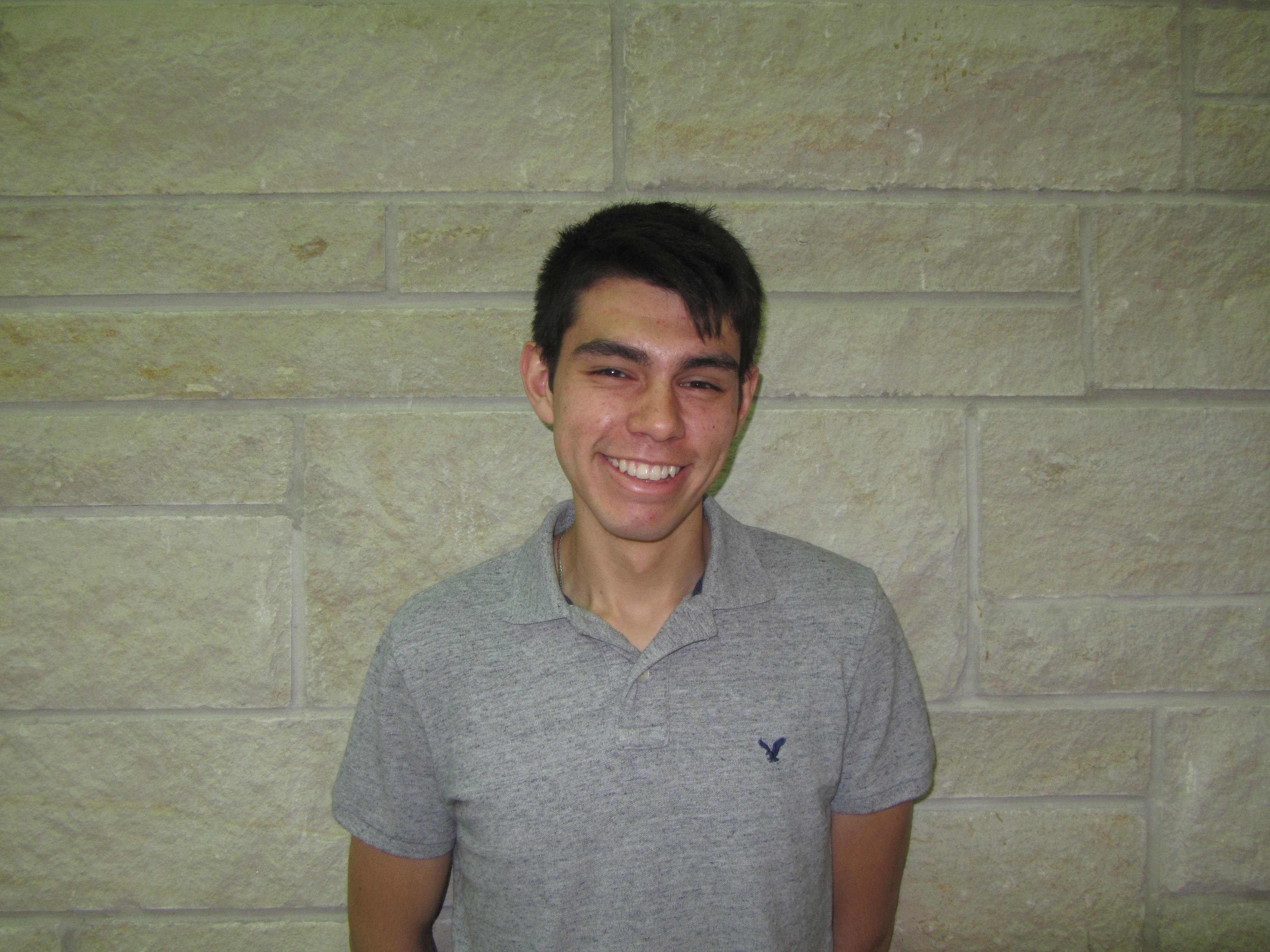Below is a summary of the abstract you submitted. Presenting author(s) is shown in bold.
If any changes need to be made, you can modify the abstract or change the authors.
You can also download a .docx version of this abstract.
If there are any problems, please email Dan at dar78@pitt.edu and he'll take care of them!
This abstract was last modified on May 9, 2016 at 3:41 p.m..

Kansas State University’s first year of SEA-PHAGES program yielded 19 mycobacteriophages from the Konza Prairie Biological Station and surrounding areas. All mycobacteriophages were isolated from enriched soil samples in Mycobacterium smegmatis mc<sup>2</sup>155. Sequenced genomes include Finemlucis, the largest L2 subcluster phage found to date, ACFishook, the smallest A3 subcluster phage found to date, and DBQu4n, an A2 subcluster phage. DBQu4n was chosen for further analysis because of its high sequence similarity to the extensively studied mycobacteriophages D29 and L5. Relative to D29, DBQu4n has a large number of nonessential genes on the right arm of the genome, similar to phage L5. DBQu4n shares 9 genes in the right arm’s nonessential region with L5 but not found in D29. Within these 9 additional genes is the immunity repressor, referred to as gp71 in L5 that helps mediate lysogeny in temperate mycobacteriophages. Interestingly, there are an additional 3 genes unique to DBQu4n in this same right arm region not found in L5 or D29, but present in other A cluster phages.
The presence of the immunity repressor would indicate that DBQu4n is a temperate mycobacteriophage. Genome sequencing indicates the presence of conserved lysogenic proteins integrase, for prophage formation, excise protein (Xis) recombination directionality factor for prophage excision from the host genome, and immunity repressor protein to repress lytic gene expression during lysogeny. Genome scanning yielded 18 putative immunity repressor stoperator binding sites in DBQu4n that contain the 13 base pair asymmetric consensus sequence (5’ -GGTGGc/aTGTCAAG). These sites are spread primarily on the right arm of the genome (14 of 18 sites) with the most binding sites (6) towards the far right in the presumed early lytic promoter P<sub>left</sub> region. Similar to L5, DBQu4n has additional weak stoperator binding sites, including one upstream of the immunity repressor gene itself to potentially regulate it’s own transcription. This weak binding site shares a 1 base pair mutation in the binding site at the same location, but the mutation is a different base pair substitution in DBQu4n.


